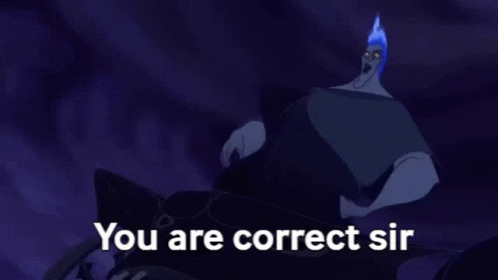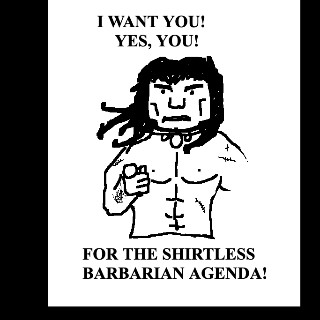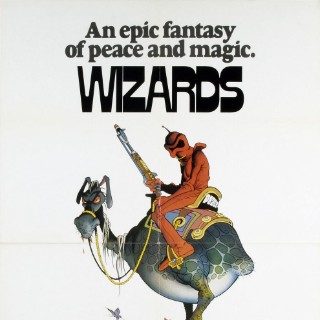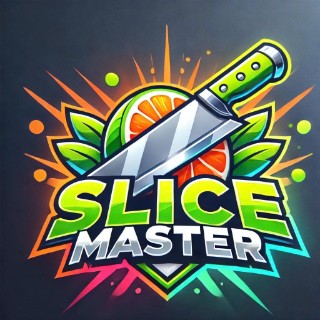I've noticed WA have trialled some Welsh sculpts on WA Digital:

Clearly they didn't read my post in this thread expressing my wish for an alternative approach to Dark Age Welsh (but then it was largely drowned out by various bleatings about campy Shieldmaidens), so I will relay it for the benefit of those who missed it the first time:
"I also want to see an alternative set of Welsh, I really can't get on board with the primitive barefoot look that many manufacturers have given theirs. Because there is relatively little that has been written down regarding the nature of Welsh troops prior to the Middle Ages the subject is up for different interpretations, and personally I would have thought they would have been more advanced than the backwater Gaels and Picts (the Celtic Britons certainly were, and given that they had also been Romanised by this time, I would have thought they would have been closer to their Saxon rivals in terms of their equipment, just with their army structure revolving more around archers and heavy cavalry than heavy infantry).
As mentioned in another thread I'm a big fan of Mierce's Darklands models, and their Welsh models look really good:
Teulu (literally 'family' or household troops - would more often have been mounted in reality but some may well have fought on foot):
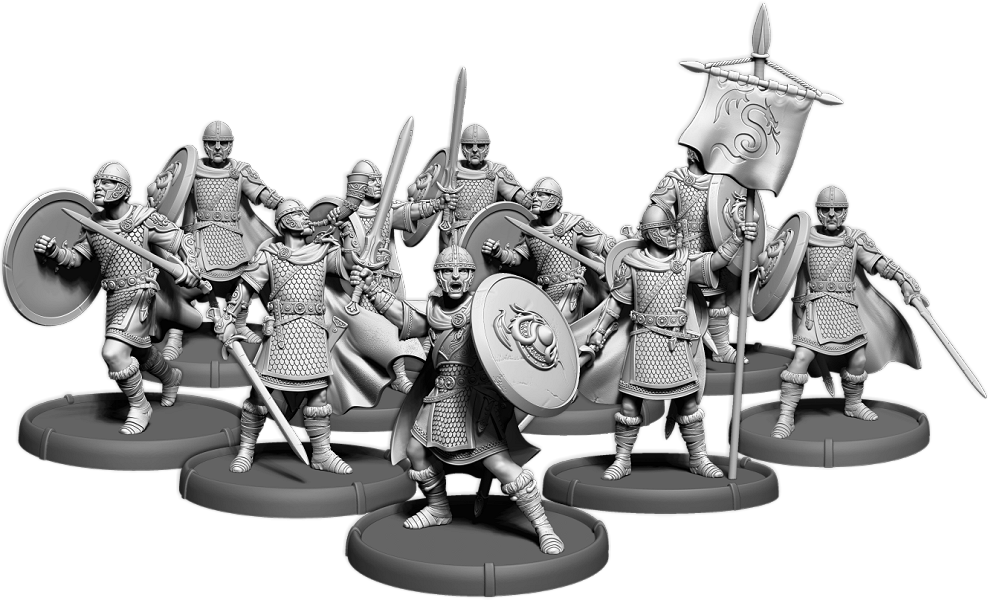
Rhyfelwyr (Warriors - standard Welsh infantry, I know these wouldn't all be wearing chainmail - that honour would have been reserved mainly for the Teulu - which is why I'm advocating for a set with unarmoured bodies, and the Shields would be round, but otherwise you get the picture):

Helwyr (Hunters - these would most likely have been the stereotypical Welsh border raiders, skilled with both a bow and a sword and with a cloak and hood that, while maybe wouldn't have had leaves affixed to it, would still have been dark green to better camouflage the wearer from pursuing enemies)
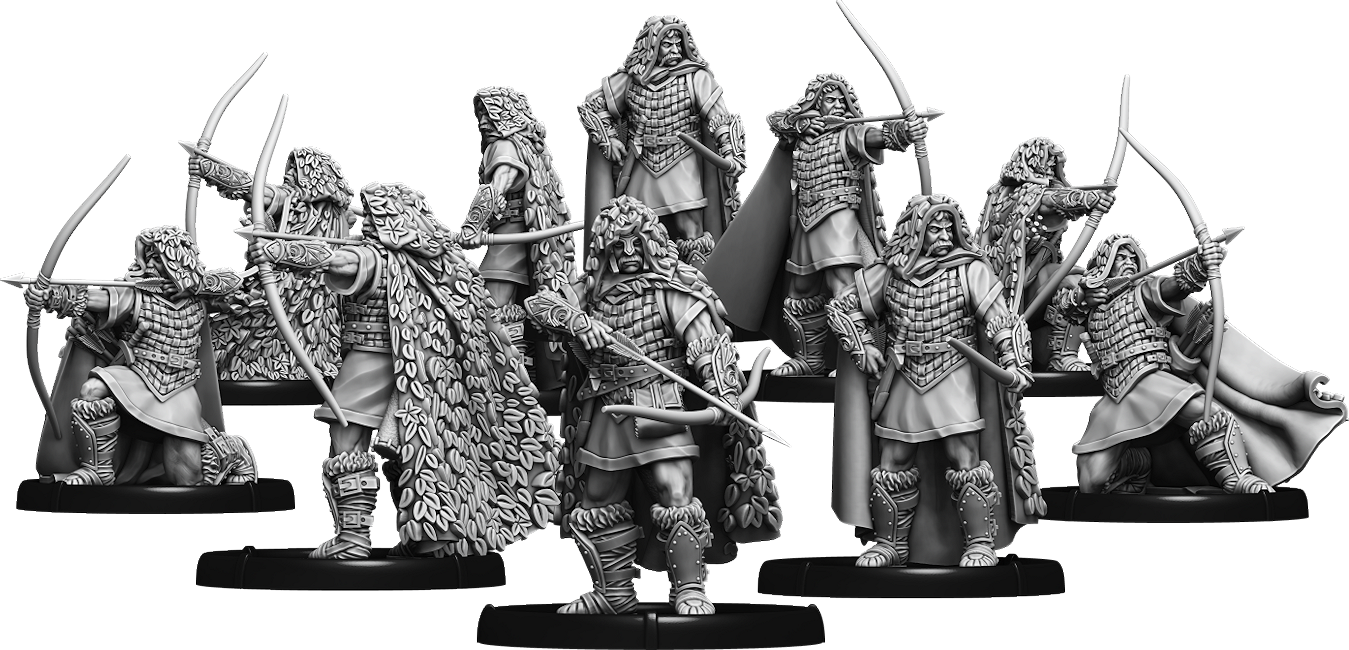
Saethwyr (Archers - ranged troops superior to those of other factions, but vulnerable in melee of course):

While they possess a bit of a fantastical edge, I would certainly like to see Wargames Atlantic make a version of these closer to historically-accurate Dark Ages costume, in particular if their parts are compatible with the Late Roman Lorica Hamata troops to allow a kitbasher to turn them into unarmoured Romano-British infantry or the Late Romans into Welsh Teulu on foot, and if WA release a Late Roman Heavy Cavalry set as well, the same method could be applied to make mounted Teulu.
Something like this:
- 5 unarmoured bodies on the sprue, similar to those of the Goths - armoured bodies can be obtained elsewhere
- Heads mainly with moustaches rather than beards, some helmeted and some unhelmeted (both of which are compatible with the Lorica Hamata Late Romans to make foot Teulu), plus some hooded heads for Helwyr
- Enough bows to equip every model in the kit with one if desired
- Plenty of sword and spear arms for melee troops and enough shields to equip every model in the kit with one if desired
- At least two or three cloaks per sprue for Helwyr
- Javelins for skirmishers, and for melee infantry to throw at a charging foe, perhaps?
WA have already made the especially characterful set of Irish for Blood Oaths, so I certainly hope that they'll see that a set of Welsh in the style I've mentioned would be an equally-characterful set to follow it up."
If my suggestions are taken into account when these are developed to become a plastic set, you'll have got at least one sale from me, I'm still biding my time when it comes to looking for archers for my own British/Welsh army.








